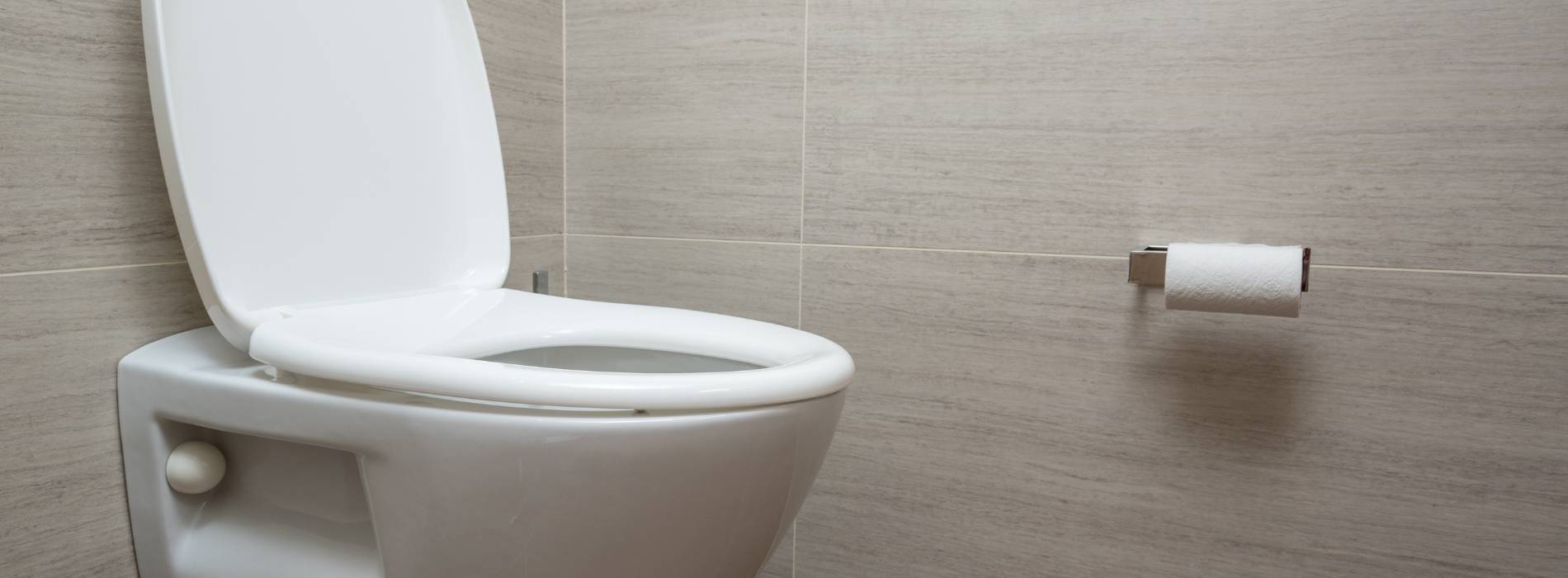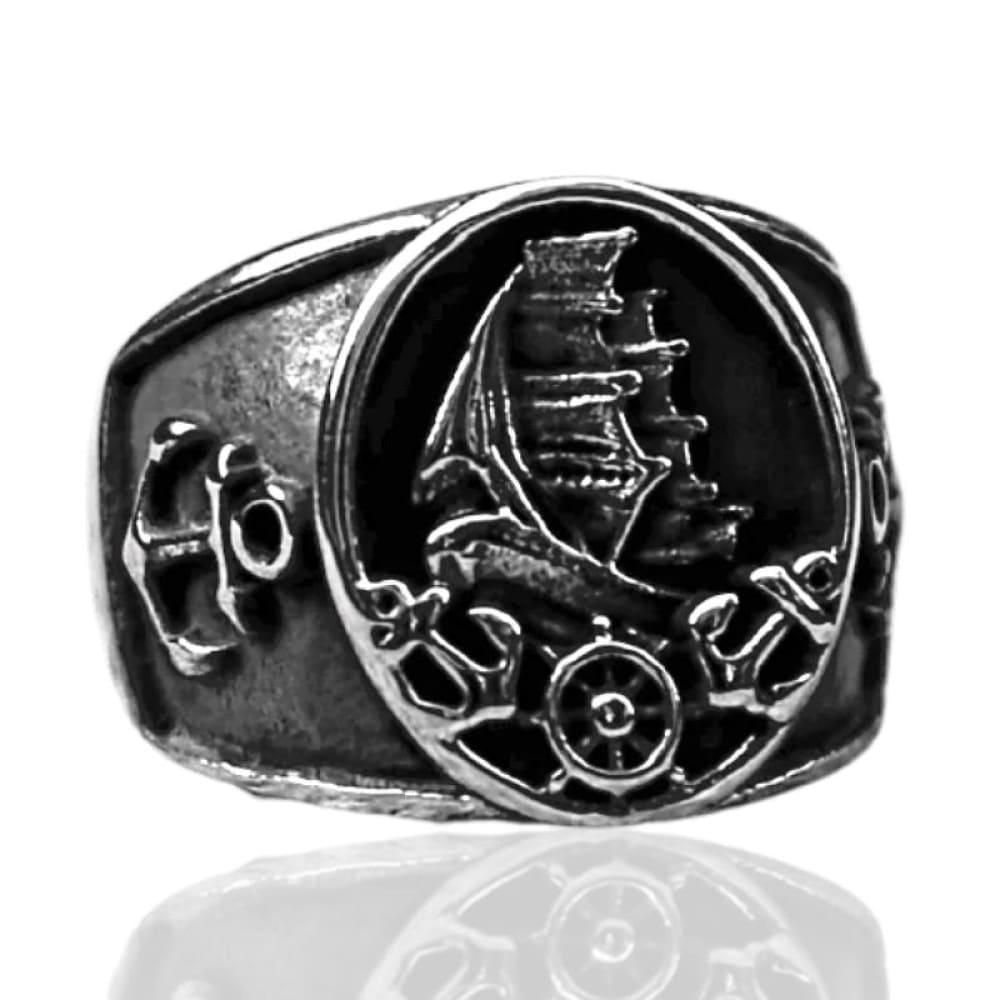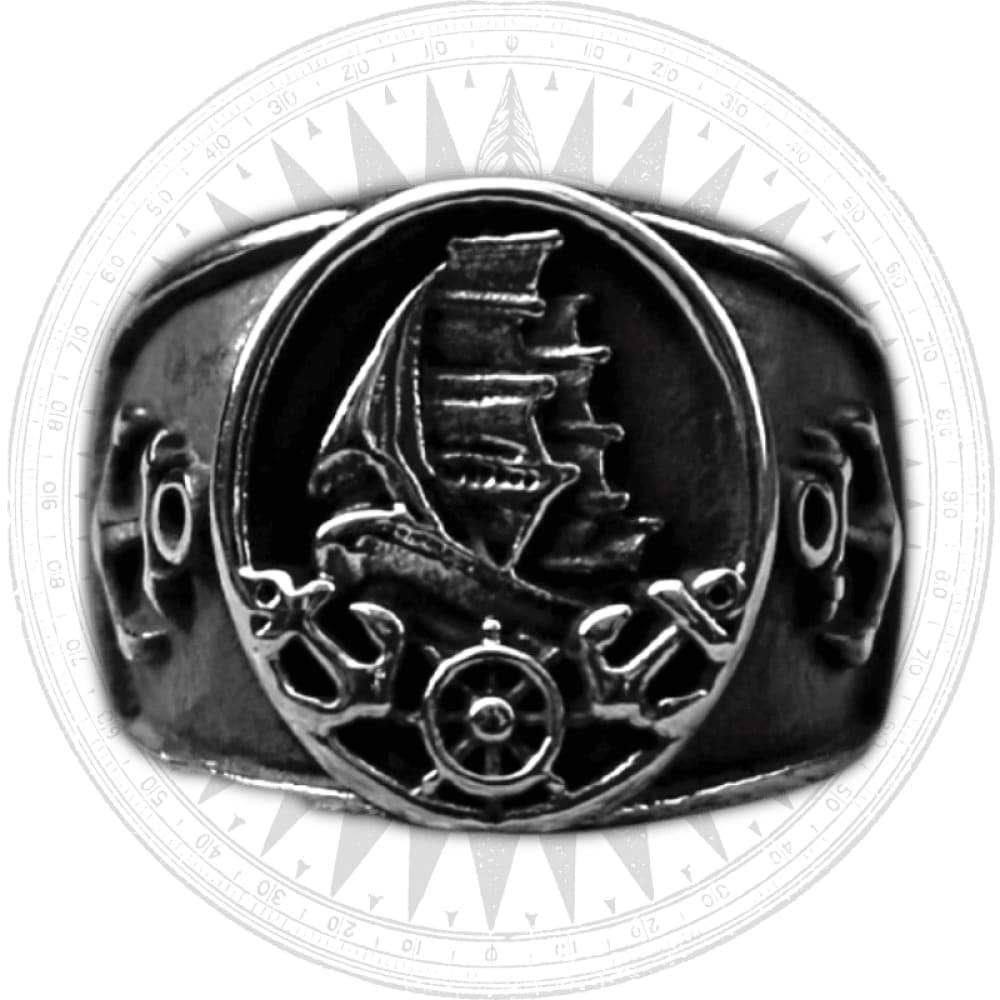Where does poop go on cruise ship?
Where does poop go on cruise ship?
The Ship's Sewage Treatment System
Cruise ships are equipped with advanced sewage treatment systems that ensure proper disposal of waste. These systems consist of several processes such as solid-liquid separation, biological treatment, and disinfection.
When you flush the toilet on a cruise ship, the waste goes through a series of pipes that lead to the ship's sewage treatment plant. In this plant, the solid waste is separated from the liquid waste.
Solid Waste Disposal
The solid waste collected in the sewage treatment plant is treated to remove any harmful substances. It is then compressed and stored in special containers on the ship. Once the ship reaches a port, these containers are emptied and transported to a waste management facility on land for proper disposal.
The waste management facility ensures that the solid waste is treated in an environmentally-friendly manner, either through incineration or landfill disposal, depending on local regulations.
This disposal process ensures that the solid waste generated on a cruise ship does not pose any harm to the marine ecosystem.
Liquid Waste Treatment
The liquid waste, also known as blackwater and greywater, undergoes biological treatment in the ship's sewage treatment plant. This treatment involves the use of bacteria and other microorganisms to break down and remove any organic matter.
After the biological treatment, the liquid waste goes through a disinfection process to kill any remaining bacteria and viruses. This ensures that the treated water is safe to be discharged into the sea.
However, many cruise ships are now adopting advanced wastewater treatment technologies that go beyond the minimum regulations. These technologies further purify the treated water, making it even cleaner before it is discharged.
Environmental Regulations
Cruise ships are subject to international and national regulations that govern their waste management practices. The International Maritime Organization (IMO), for example, has set standards for sewage treatment and discharge from ships.
These regulations aim to protect the marine environment and ensure that the impact of cruise ship waste on the oceans is minimized. Cruise ships must comply with these regulations and undergo regular inspections to ensure their wastewater treatment systems are in proper working order.
Port Restrictions and Guidelines
In addition to international regulations, many ports around the world have their own restrictions and guidelines regarding cruise ship waste disposal. These restrictions may include limits on where and when wastewater can be discharged.
Cruise ships must adhere to these port restrictions and guidelines to minimize their impact on local marine environments. They often have onboard systems that monitor the quality of treated water to ensure compliance with these regulations.
Some cruise lines have even taken extra steps to protect the environment by implementing advanced wastewater treatment technologies and going above and beyond the minimum regulatory requirements.
Sustainability Initiatives
Many cruise lines have recognized the importance of sustainability and have taken initiatives to reduce their environmental footprint. They are investing in advanced wastewater treatment systems, exploring alternative energy sources, and implementing recycling programs.
These sustainability initiatives aim to minimize the environmental impact of cruise ship operations, including waste management. By adopting greener practices, cruise lines are working towards a more sustainable future for the industry and the marine environment.
Conclusion
Proper waste management is a critical aspect of cruise ship operations. The ship's sewage treatment systems ensure that solid waste is disposed of properly on land, while liquid waste is treated and discharged in accordance with environmental regulations. Cruise lines are also taking steps to go above and beyond the minimum requirements to minimize their impact on the oceans and promote sustainability. By understanding where poop goes on a cruise ship, passionate sea lovers can appreciate the efforts made by the industry to protect the marine environment.



















